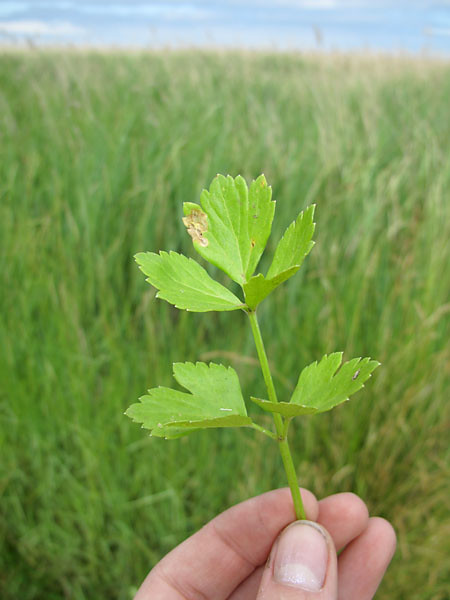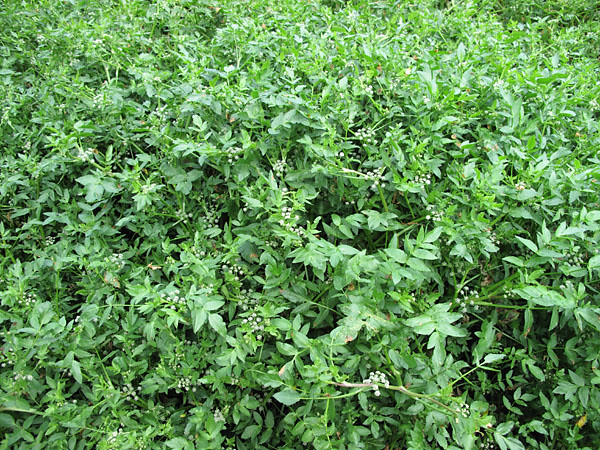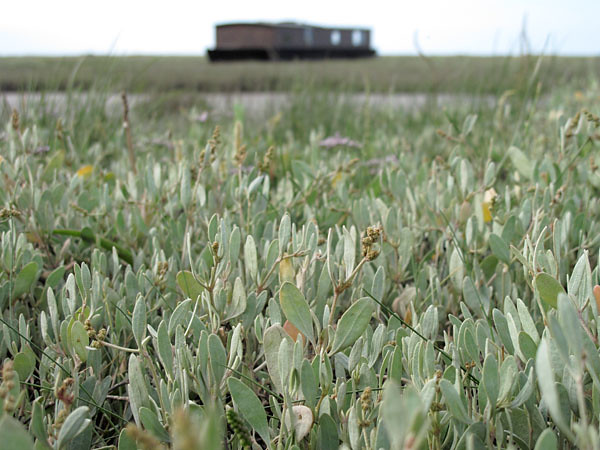Last week I went on a lovely camping holiday to North Norfolk. Whilst exploring the beautiful countryside, seashore and salt marshes I found lots of interesting edible wild plants. The marshes in particular are a fascinating and unique environment. Here are a few photos...
Wild Celery

I didn't eat any, but I did crush the leaf and give it a good sniff to be sure. Unmistakeable!
(This, by the way, isn't celery!)
Fool's Watercress / Pie-cress?

This one I'm less certain of. I don't think it's true watercress, and I can't find anything else that it looks like. Aparently, if my ID is correct, it's also edible (even though the name seems to suggest otherwise!).
[edit] Miles Irving lists this as edible, but according to Ray Mears and Gordon Hillman it's poisonous! I don't think I'll be trying it...
Sea Purslane

The marshes were covered in this! I'd seen it before but never tried it. The leaves are juicy and salty. It's a member of the Goosefoot family (the same as Fat Hen, which I often collect from my allotment to use as Spinach).
Marsh Samphire

Again, I'd seen this before but not tried it. This time I collected a small basketful and cooked it by briefly boiling in (unsalted) water. Apart from the fact that it has "bones" (must be a nightmare to eat with fish!) it's very good indeed. Succulent and not too salty after cooking. The tips are nice and crunchy to nibble raw as well. I noticed it was being sold in local shops - apparently it's a delicacy.
Apart from these I also spotted Bladder Campion, Sea Beet, Sea Holly, Sea Lettuce, Alexanders and various unidentified Apiaceae, including what I think was a mass of angelica (the garden type, not the common wild angelica). There were also some amazing gigantic silvery thistles which looked a little like Artichokes - they may or may not have been edible but I wish I'd taken a photograph!



I would love to find Marsh Samphire, it's only of my favourite veg (and the most expensive really!)
ReplyDeleteIf you do find it it will be in abundance. Most salt marshes, muddy estuaries etc should have it. The best time of year is probably a bit earlier before the plants get boney - probably early June?
Delete